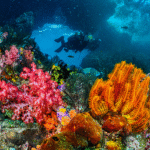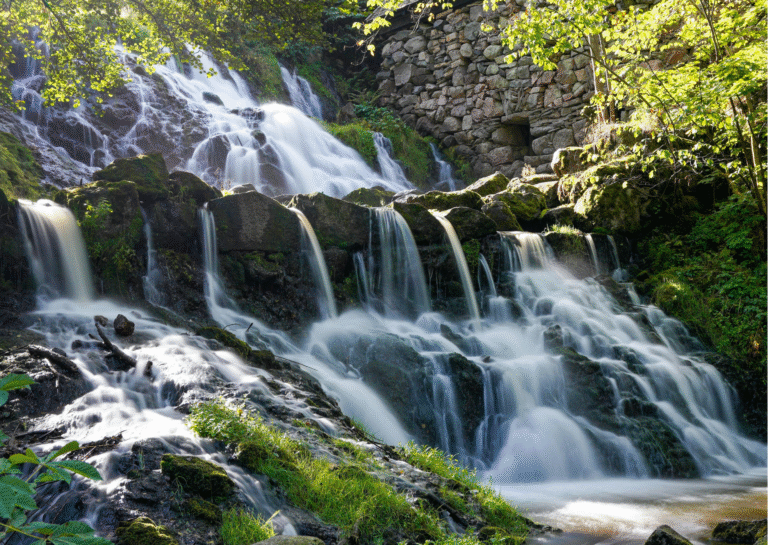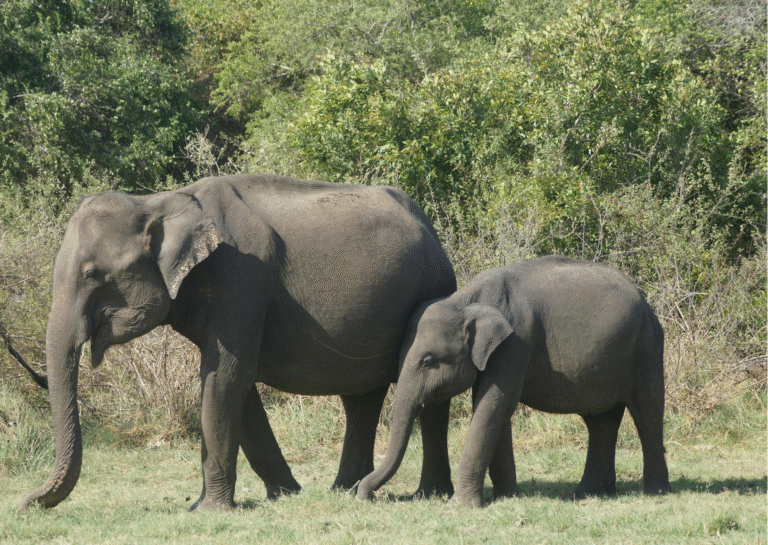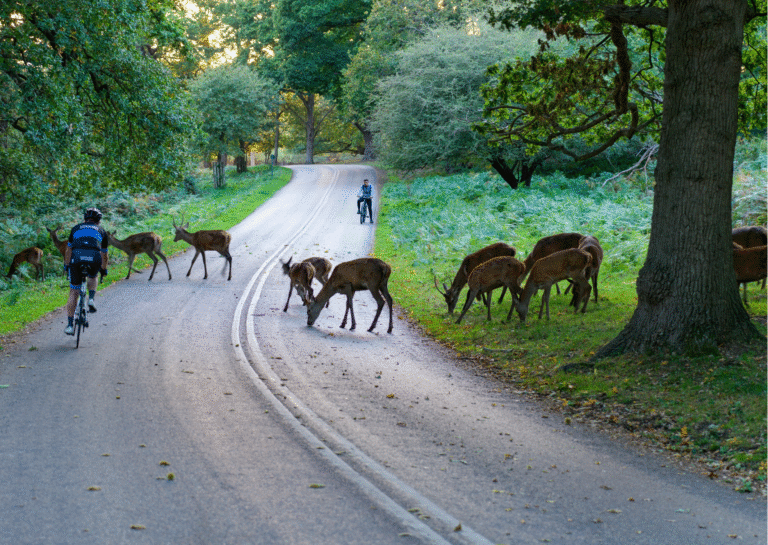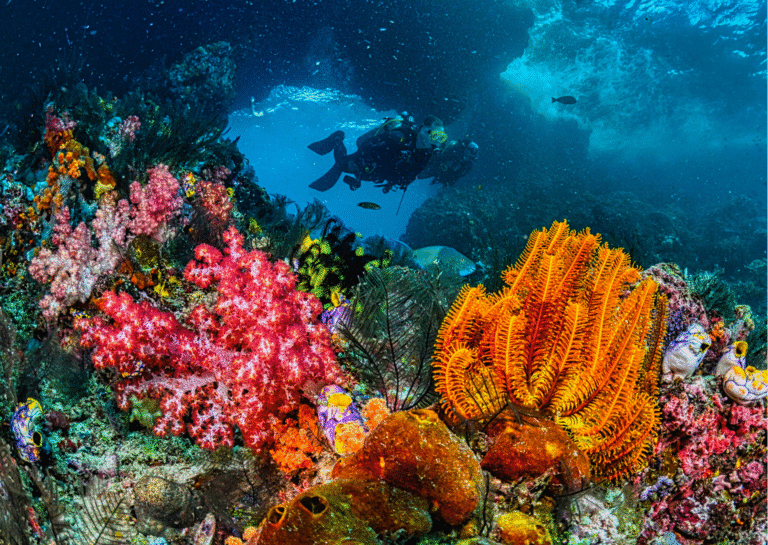Travel is beautiful because you get to see new places, try new foods, and hear stories that make you feel like you belong in places you've never been before. But as it gets easier to travel, the damage we do gets worse. Beaches that used to be clean are now full of trash, and woods …
Traveling Sustainably: Places Leading in Eco-Tourism

Travel is beautiful because you get to see new places, try new foods, and hear stories that make you feel like you belong in places you’ve never been before. But as it gets easier to travel, the damage we do gets worse. Beaches that used to be clean are now full of trash, and woods that used to be quiet are now full of cars. Local cultures often can’t handle the stress of so many tourists.
It’s not a trend to travel in a way that is good for the environment. It’s about seeing the world while taking care of it, giving back as much as you take, and making choices that make places better than they were when you got there. All over the world, countries and communities are coming up with new ways to make tourism more welcoming, clean, and aware.
Let’s take a look at some of these places that are setting the standard for eco-tourism and showing that travel and being green can go together.
Costa Rica: Where Nature Is King
Costa Rica is the country that almost wrote the book on eco-tourism. This beautiful Central American paradise has thick jungles, active volcanoes, clean beaches, and more animals than you can imagine. Costa Rica is truly unique because it cares so much about protecting everything.
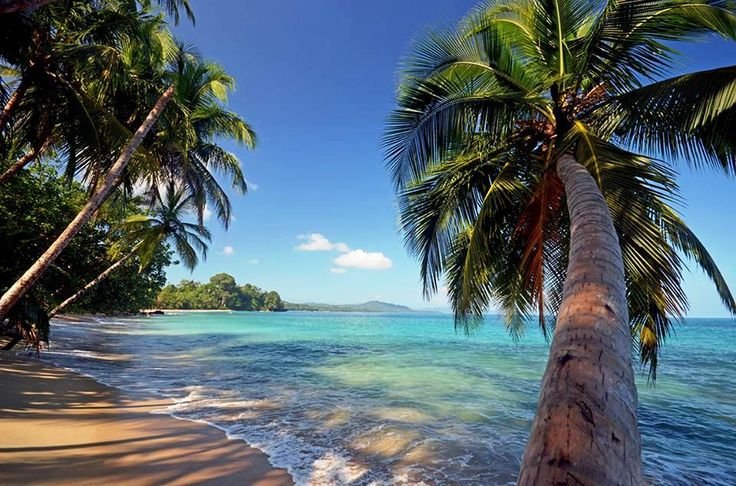
About a quarter of the country’s land is protected by national parks and reserves. There are many different kinds of plants and animals in every part of this country, from the Monteverde Cloud Forest to Tortuguero National Park. Sloths sleep in trees, scarlet macaws fly through the sky, and sea turtles crawl onto beaches to lay their eggs at night.
Travel tip: Pick resorts or volunteer programs run by the community that let you work on conservation projects right there. You will have stories that are much better than souvenirs if you help plant mangroves or go on a sea turtle watch.
Norway: Fjords, Clean Air, and a Bright Future
The beautiful fjords that cut through the mountains are probably the first thing that comes to mind when you think of Norway. But Norway is beautiful in more ways than that. This Scandinavian country is slowly changing how people think about eco-friendly travel.
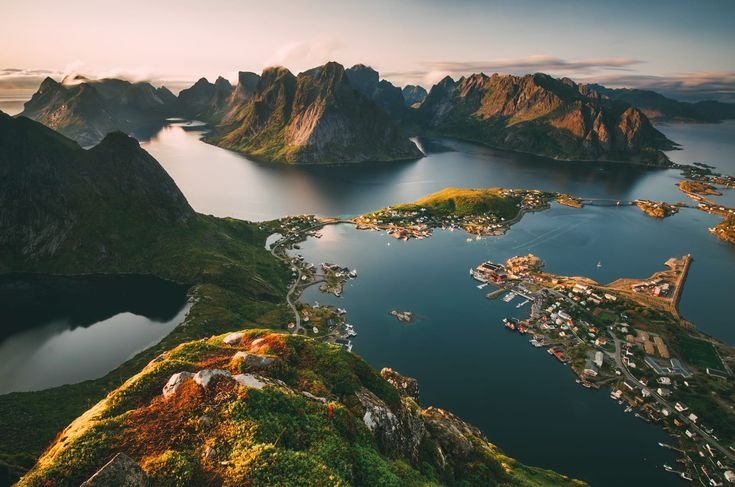
Many of Norway’s ferries that go through the fjords are fully electric, which cuts down on noise and pollution that can hurt marine life. Flåm and Bergen are two towns that have worked to promote responsible tourism, which means that the number of tourists doesn’t get too high for the people who live there or the fragile ecosystems.
Why you’ll love it: Norway tells you to relax. Take the train instead of the plane. Instead of rushing through famous places, spend a night under the Northern Lights. It looks like it’s easy to be sustainable here because it’s a part of everyday life.
Slovenia: A Green Jewel in Europe
Slovenia is a hidden gem because it’s not usually at the top of travel lists. It’s in the middle of Italy, Austria, and Croatia. It’s a place that has quietly become one of the greenest places in Europe.
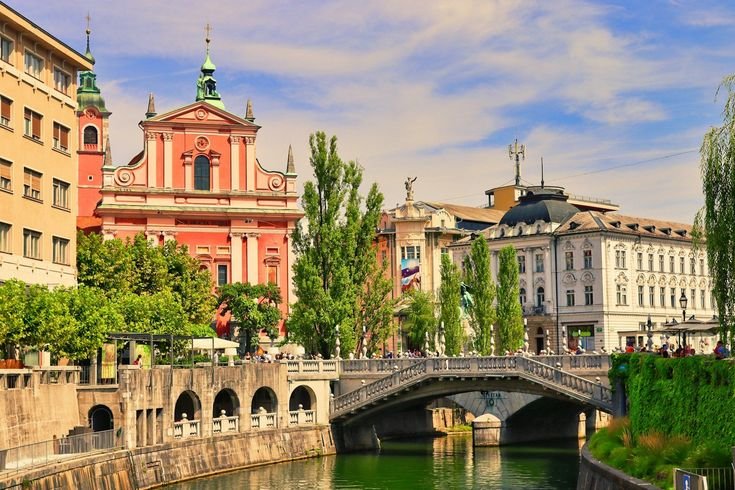
Ljubljana, the capital, is a car-free paradise where people get around on bikes or electric buses. Along the Ljubljanica River, there are a lot of cafés where people like to drink fair-trade coffee and relax in the morning. It’s easy to see why the city is called “Europe’s Green Capital.” Everything here seems to have been made with people and the world in mind.
Make sure to stay in one of Slovenia’s “green destinations,” which are places that have been set aside for eco-friendly tourism. You will eat, sleep, and live like a local.
India: Eco-Tourism on the Rise in the East
India may not be the first place that comes to mind when you think of eco-tourism, but that is changing quickly. Tiny towns are using eco-friendly travel to protect their culture and the environment across their wide landscapes.
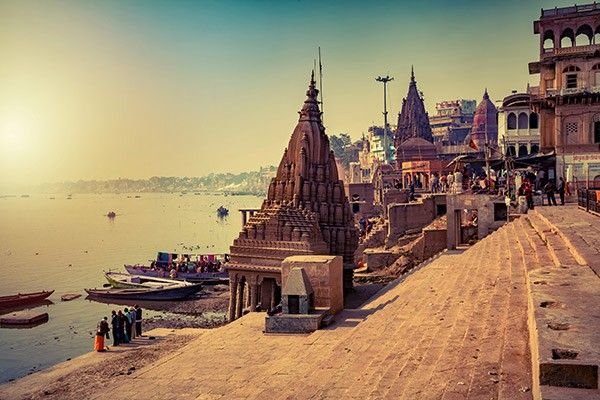
Mawlynnong is a village in Meghalaya that shows this very well. Some people refer to it as “Asia’s cleanest village.” Every family helps keep the area clean by using bamboo bins, composting, and building eco-stays. The live root bridges nearby, which are made from trees that have been around for hundreds of years, demonstrate to tourists that nature can serve as architecture.
Tip: India’s eco-tourism needs to be real. The more you get involved, like by staying in homestays, eating local food, and hearing stories from the village, the more meaningful your experience will be.
Palau and the Galápagos: Islands That Protect Before They Promote
Tourism can be bad for small islands, but some have found a way to make it work. Palau is a small country in the Pacific that makes everyone who visits sign an eco-pledge when they get there. This promise says that the reefs, culture, and wildlife of the country will be respected. It’s not just a formality; it’s a reminder that people need to take care of paradise for it to last.
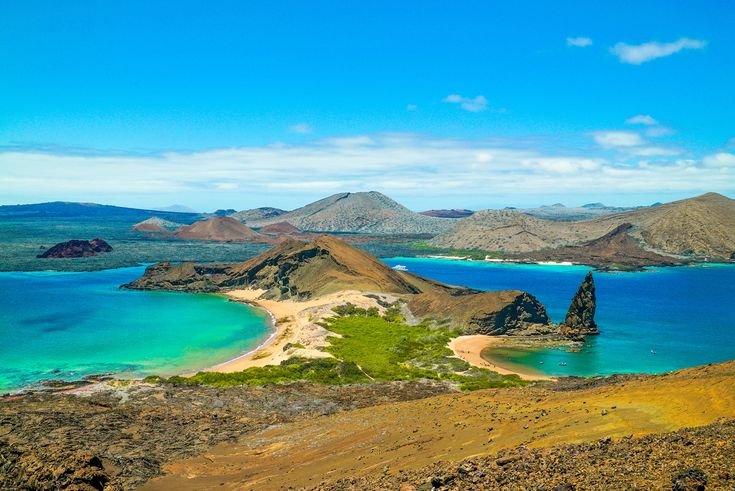
Then there are the Galápagos Islands, where tourism, strict visitor limits, strong conservation laws, and scientific research all work together very well. You can walk among giant tortoises, snorkel with penguins, and see Darwin’s ideas come to life—all while being sure that your presence is carefully managed so that it leaves no trace.
Finland: The Best Way to Enjoy the Great Outdoors in Winter
In the winter, Finland’s forests and lakes covered in snow and ice become magical. But Finland is still a leader in eco-friendly travel in the Arctic.
In Lapland, igloos with glass roofs get their power from sources that can be used again and again. Companies that offer dog sledding use ethical methods to make sure the dogs are treated well. People who own cabins in the area get everything they need, like wood and food, from the area around them. This helps small towns stay alive in very cold northern areas.
A night in a cabin off the grid under the Northern Lights is a must. You will find out that having a lot of things doesn’t always mean being rich. It can also mean being calm, seeing stars, and having a clear mind.
Why eco-tourism is more important than ever right now
Every picture we take, every meal we eat, and every flight we take leaves a mark. But eco-tourism makes us feel better. It shows that travelling doesn’t have to be bad; it can be good. It could help pay for programs that protect the environment, keep traditions alive, and give people in the area real control over their own future.
It took time for places like Costa Rica and Slovenia to become popular. It took decades of learning, working together as a community, and making small, steady changes. As long as visitors want it, that same change can happen anywhere.
What to Expect in the Future of Sustainable Travel
It’s not enough to just be good for the environment in the future of travel; you also have to help it grow. In addition to doing less damage, new models are helping to restore coral reefs, plant forests, and rebuild ecosystems.
Some hotels are trying to run their businesses with no waste, reuse greywater, and make their own electricity. Tour companies are moving towards trips that don’t add to carbon emissions, and places are giving tourists who don’t use plastic rewards.
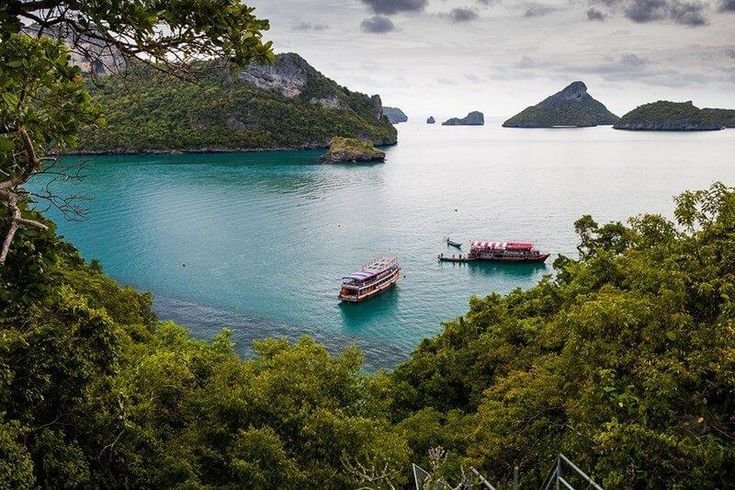
When you travel sustainably, it’s not about being perfect; it’s about having a plan. To make a difference, you don’t have to give up all of your modern comforts or walk barefoot through rainforests. Being aware means taking a moment before you book, buy, or click and asking yourself, “Is this choice good for the place I’m going?”
You learn something deep when you stand on a foggy trail in Costa Rica, sail across Norway’s calm fjords, or look at the stars above Spiti Valley: this earth is beautiful because it’s alive. And it will stay that way as long as we are careful when we travel.


